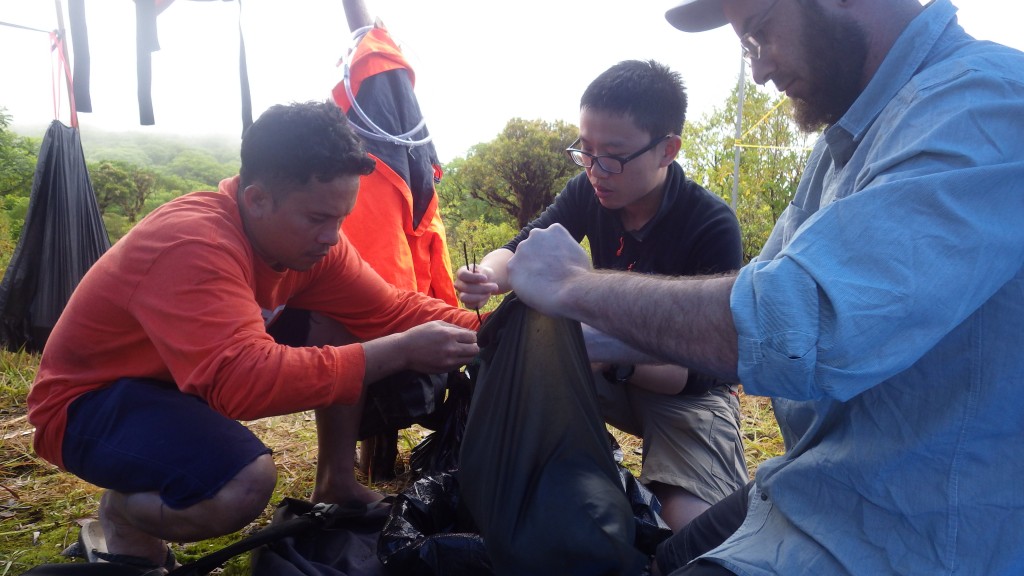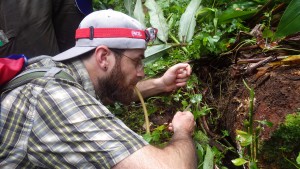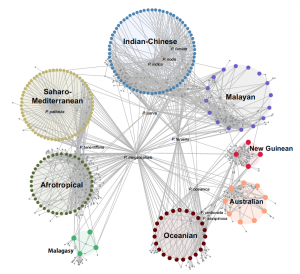
We have a new paper on Old World Pheidole out in Journal of Biogeography. It includes a bunch of fun stuff including phylogenies, network analysis, and taxon cycles.
Biodiversity & Biocomplexity Unit, Okinawa Institute of Science & Technology Graduate University

We have a new paper on Old World Pheidole out in Journal of Biogeography. It includes a bunch of fun stuff including phylogenies, network analysis, and taxon cycles.
After months of development by Evan, Julia Janicki, Benoit Guenard, Nitish Narula, and Matt Ziegler, we are very pleased to introduce AntMaps.org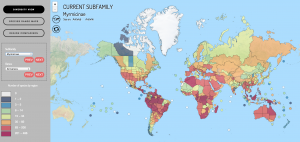 ! AntMaps is an interactive web framework for mapping ant species ranges and aggregate biodiversity patterns. In particular, AntMaps is built to visualize and interact with the GABI database, currently consisting 1.6 million records of ant data. GABI is, to our knowledge, the first comprehensive global biodiversity dataset for any insect group. We hope that by providing a gateway to GABI, AntMaps will be an efficient and useful tool for amateur and professional myrmecologists, and also help us root out problems with the database. We’d love to hear your feedback.
! AntMaps is an interactive web framework for mapping ant species ranges and aggregate biodiversity patterns. In particular, AntMaps is built to visualize and interact with the GABI database, currently consisting 1.6 million records of ant data. GABI is, to our knowledge, the first comprehensive global biodiversity dataset for any insect group. We hope that by providing a gateway to GABI, AntMaps will be an efficient and useful tool for amateur and professional myrmecologists, and also help us root out problems with the database. We’d love to hear your feedback.
New paper in Global Ecology & Biogeography with Kostas Triantis, Robert Ricklefs, and François Guilhaumon finds a surprising invariance in the slopes of species-area relationships across disparate taxa on oceanic archipelagoes. We developed a novel method to infer whether colonization, extinction, or speciation are likely responsible for the scaling patterns.
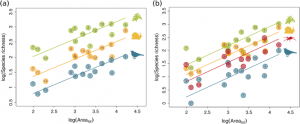
http://onlinelibrary.wiley.com/doi/10.1111/geb.12301/abstract
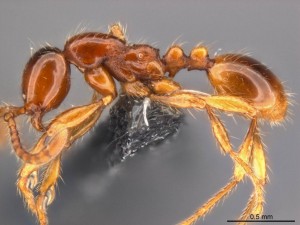 Cong has two new papers out so far this year! The first paper describes a new species, Aenictus yangi in the Journal of Hymenoptera Research. The other paper, in Zookeys, reports new records of ant species encountered in Yunnan, China. Both papers are coming from the field expedition to the Xingshuabanna area that Cong, Benoit Guenard, and Benjamin Blanchard made recently. They found 25 species previously unrecorded in Yunnan in addition to many new species (including, of course, Bannapone). Nice work, Cong!
Cong has two new papers out so far this year! The first paper describes a new species, Aenictus yangi in the Journal of Hymenoptera Research. The other paper, in Zookeys, reports new records of ant species encountered in Yunnan, China. Both papers are coming from the field expedition to the Xingshuabanna area that Cong, Benoit Guenard, and Benjamin Blanchard made recently. They found 25 species previously unrecorded in Yunnan in addition to many new species (including, of course, Bannapone). Nice work, Cong!
In April, 2015, Eli and Cong made a two-week collecting trip to Samoa. One purpose was to look for two endemic species Pheidole aana and Pheidole atua, which was last collected in 1967 before this trip. They ended up finding Pheidole aana, along with four other endemic species among the 33 ant species collected during this trip. They also recorded two new genera from Samoa, Discothyrea and Proceratium. Moreover, they collected native forest species at an altitude as high as 1400 meters.
